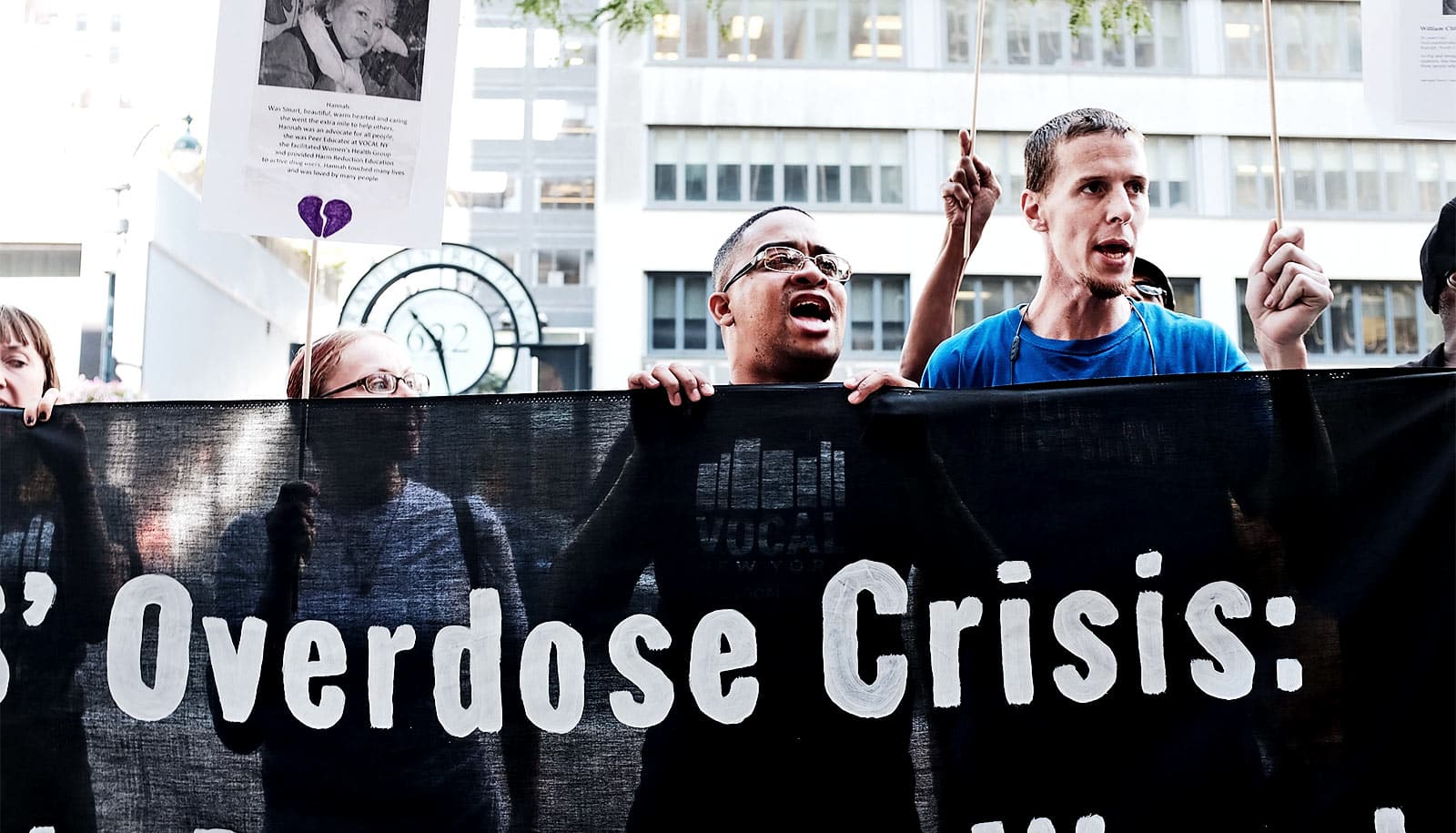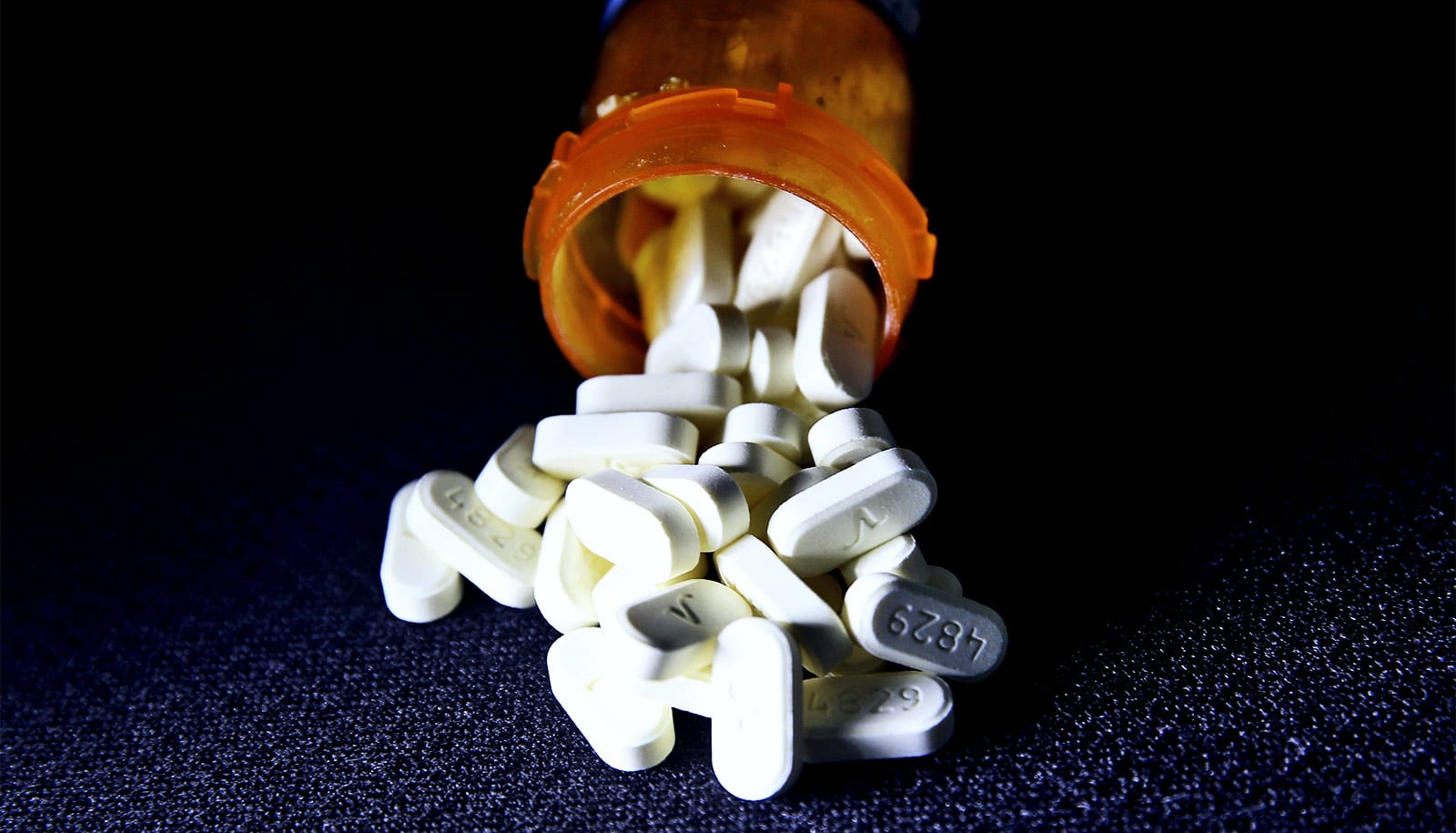Legal action against Purdue Pharma resulted in greater marketing spending to promote opioids among its competitors, a study finds.
Owned by the Sackler family, the company is known for aggressively and deceptively marketing opioids—OxyContin in particular—to prescribing doctors. Public scrutiny of Purdue Pharma’s role in the opioid crisis increased sharply in the years following 2007, when the state of Kentucky filed a lawsuit against the company.
In 2015, a judge denied Purdue Pharma’s final request to prevent the case from proceeding to trial and allowed confidential documents from the case to be shared with other potential plaintiffs considering litigation against Purdue Pharma.
New research from the University of Washington examines the behavior of prescription opioid companies following those key events. The United States Supreme Court recently agreed to review Purdue Pharma’s bankruptcy case, temporarily blocking the implementation of a $6 million deal.
After the 2015 lawsuit, Purdue Pharma significantly decreased spending to promote OxyContin—its controversial, controlled-release oral formulation of oxycodone hydrochloride. But the study, recently published online in Strategic Management Journal, shows the lawsuit had the opposite effect on competing pharmaceutical companies. Competitors increased their spending instead, promoting opioids to physicians previously pursued by Purdue Pharma, including in counties where the opioid crisis was known to be severe.
“We can’t rely on companies to take warnings from lawsuits that happen against other companies,” says David Tan, coauthor and associate professor of management in the university’s Foster School of Business. “We hope that when one company gets sanctioned, other companies will take that as a warning and try to avoid those kinds of activities. The ideal is that private lawsuits against individual companies have the potential to bring about industry-wide change.
“Unfortunately, I think, rather than serve as a warning to the rest of the industry, this lawsuit created an opportunity for competitors by weakening Purdue’s marketing grasp over its lucrative OxyContin prescribers.”
This study suggests that private actions against individual companies, such as lawsuits and boycotts, can have unintended and counterproductive side effects. In this case, researchers found that when one company reduced its engagement in a questionable practice, its competitors saw an opportunity to fill the void.
The authors identified competing pharmaceutical companies using the US Food and Drug Administration’s Opioid Analgesic Risk Evaluation and Mitigation Strategy. The list includes branded and generic forms of oxycodone, hydrocodone, and fentanyl, among others.
Researchers then analyzed data from more than 600,000 prescribers who appeared in the Open Payments database of the Centers for Medicare & Medicaid Services (CMS), which tracks money spent by pharmaceutical sales representatives to promote drugs to physicians.
From 2014 to 2015, Purdue Pharma sales representatives spent $1.5 million on food and beverage during visits to promote OxyContin to prescribers. That number dropped to only $54,000, a 94% decrease, in the years after the lawsuit from 2016 to 2017. Meanwhile, competing companies’ sales representatives increased their spending by 160% from 2016 to 2017.
The CMS database allowed researchers to see which doctors were targeted for promotional visits by pharmaceutical sales representatives, what drugs were promoted during these sales visits and what opioids these doctors prescribed. The authors also examined the average expected health care spending of prescribers’ patients, which helped to control for conditions that may legitimately call for pain management.
After Purdue Pharma reduced its spending to promote OxyContin, competitors increased spending to promote opioids to prescribers of OxyContin specifically. OxyContin contains larger doses per pill, but there are no other real differences between OxyContin and oxycodone—a fact Purdue Pharma was forced to publicly acknowledge as part of a plea deal in a 2007 federal case.
“We don’t see the same kind of jump in competitor promotional spending for oxycodone prescribers in general,” Tan says. “The increase in competitor promotional spending was targeted very specifically at prescribers of the OxyContin brand of oxycodone and at prescribers previously targeted by Purdue’s promotion of OxyContin.”
Researchers also used the database to determine if companies avoided areas known for being epicenters of the opioid crisis, examining how promotional spending by sales representatives varied based on the severity and nature of opioid overdose rates in prescribers’ counties.
“By the time of our study, it had already been well known that the opioid epidemic was out of control and that OxyContin was one of the most heavily abused forms of opioids, especially in regions like Appalachia,” Tan says.
The authors found that the increase in competitor spending occurred regardless of whether prescribers’ counties were above or below the national median in terms of opioid overdose deaths per capita. The increase also occurred when the percentage of opioid overdose deaths was due to prescription opioids as opposed to, for example, heroin or fentanyl. This suggests the increase in spending didn’t reflect an attempt by companies to avoid areas where the opioid epidemic was known to be severe and known to involve prescription opioids.
There have been important developments since the conclusion of the study in 2017, Tan said. Local governments across the country have filed thousands of opioid-related lawsuits, leading several firms—Purdue Pharma included—to file for bankruptcy.
“That has served as a much more severe warning against the prescription opioid industry and encompasses a wide range of behavior,” Tan says. “Our study covers direct-to-physician promotion, but these lawsuits also extend to other undocumented forms of promotion by prescription opioid firms, such as allegedly funding nonprofit front organizations to influence prescribers’ beliefs about opioids. It took litigation on a national and industry-wide scale to approach something like the power of regulation. Unfortunately, it’s still not technically regulation. It’s still private. But the weight of these settlements has at least tempered behavior on the part of prescription opioid firms.”
Source: Lauren Kirschman for University of Washington



